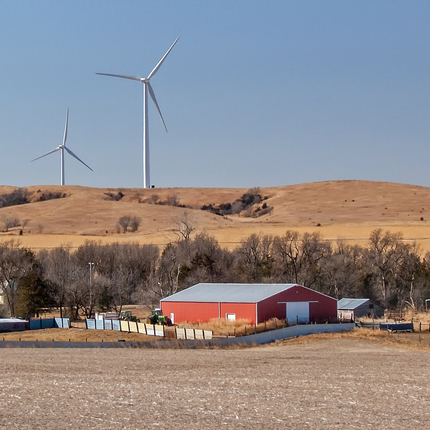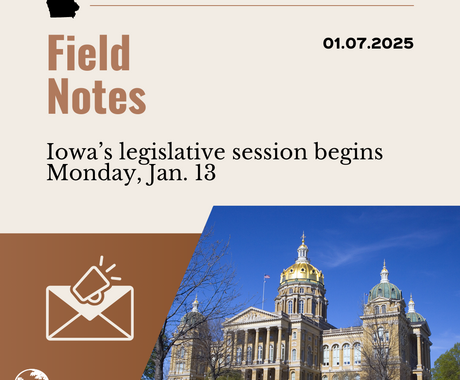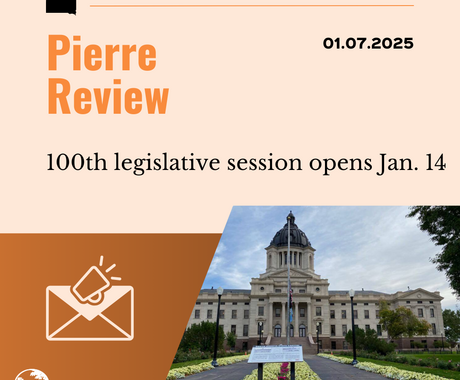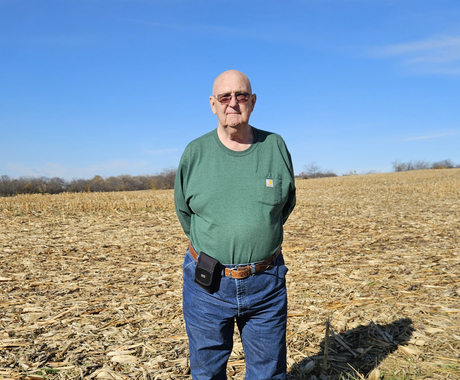Rural communities are seeing a boom in renewable energy development. Whether it’s wind energy or solar energy, communities reap the benefits from increased tax revenues, new job creation, and local lease payments. Better yet, communities can unlock additional benefits through Community Benefit Agreements (CBAs).
A CBA is a project-specific arrangement between renewable energy developers and local community groups that outlines a series of specific benefits the developer will provide. CBAs are not one-size-fits-all and can be customized to meet each community’s particular needs.
Among the most common types of benefits are community benefit funds, an annual or one-time financial donation to a local board that distributes the funds across the community, and direct investments, a financial contribution to local programs such as a local labor training program. Additional kinds of possible benefits include labor provisions, contributions to local grants, and donations to emergency services and schools.
For example, one developer committed $250 per megawatt for a 160-megawatt project to a community benefit fund, which totaled $40,000 annually for the community to use for various local projects.
CBAs empower residents to shape local renewable energy development by shifting the balance of power from developers to the community. The agreements promote collaboration to ensure projects provide meaningful contributions across the community, beyond the typical lease payments to landowners and tax revenues. Rural communities benefit greatly from this process, as each has unique needs and priorities that CBAs can address through tailored solutions.
A key element to capturing the full opportunity of a CBA is direct community participation. Engaging stakeholders within the community early and often ensures that a wide range of views and needs can be addressed. As renewable energy development continues to grow in rural areas, CBAs enable residents to maximize benefits for their communities and have a meaningful voice in the decision-making process.
To read our report and learn more, click here.





